Welcome to On Verticality. This blog explores the innate human need to escape the surface of the earth, and our struggles to do so throughout history. If you’re new here, a good place to start is the Theory of Verticality section or the Introduction to Verticality. If you want to receive updates on what’s new with the blog, you can use the Subscribe page to sign up. Thanks for visiting!
Click to filter posts by the three main subjects for the blog : Architecture, Flight and Mountains.
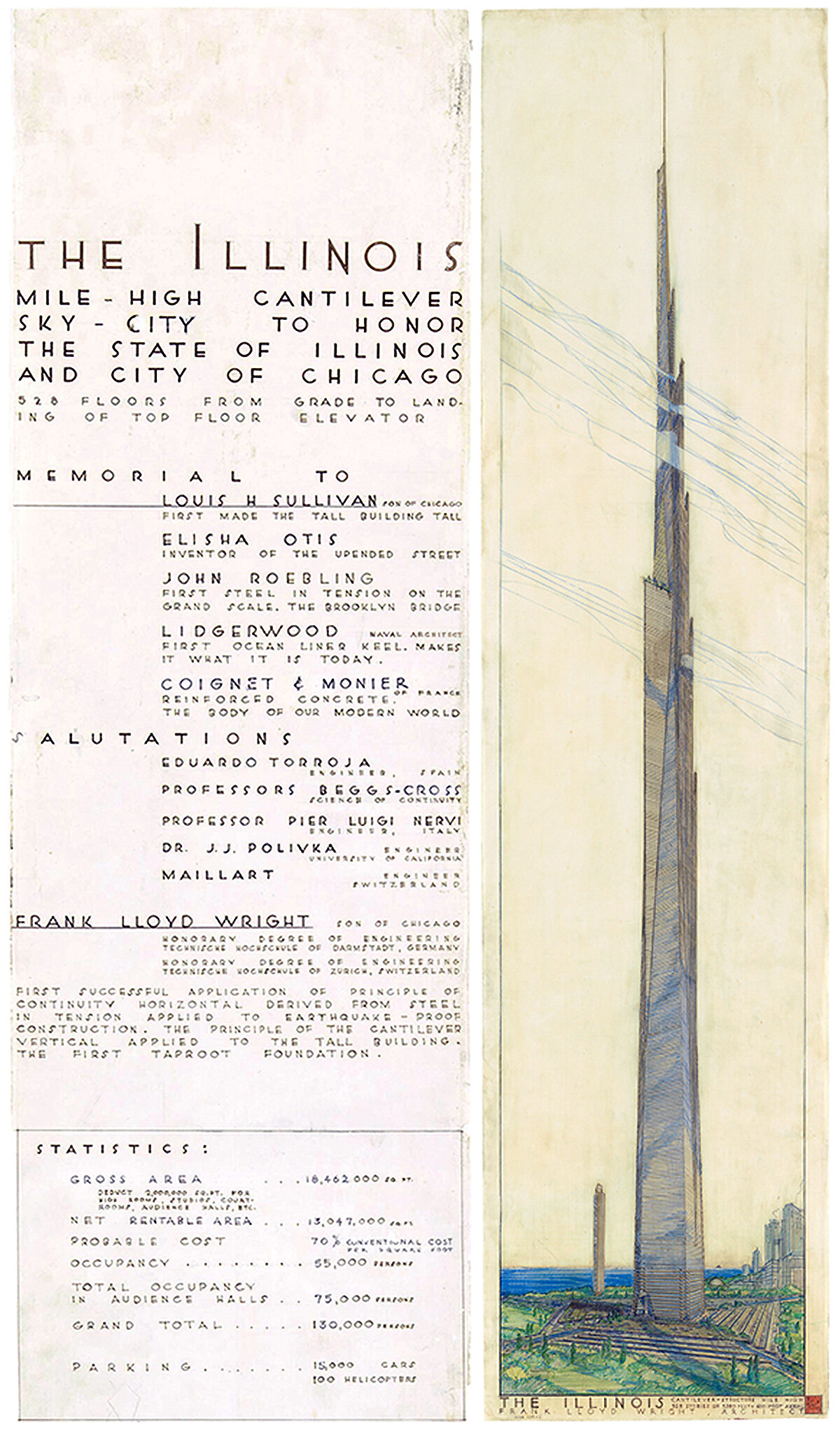
Frank Lloyd Wright’s Mile High Skyscraper Proposal
Frank Lloyd Wright was an outspoken advocate for low-density cities without skyscrapers. With this in mind, it’s hard to believe the tower design pictured above came from Wright. It’s called The Illinois, and it was planned to be a mile (1,609 meters, or 5,280 feet) in height. That’s more than four times the height of the Empire State Building, and nearly twice the height of the Burj Dubai.
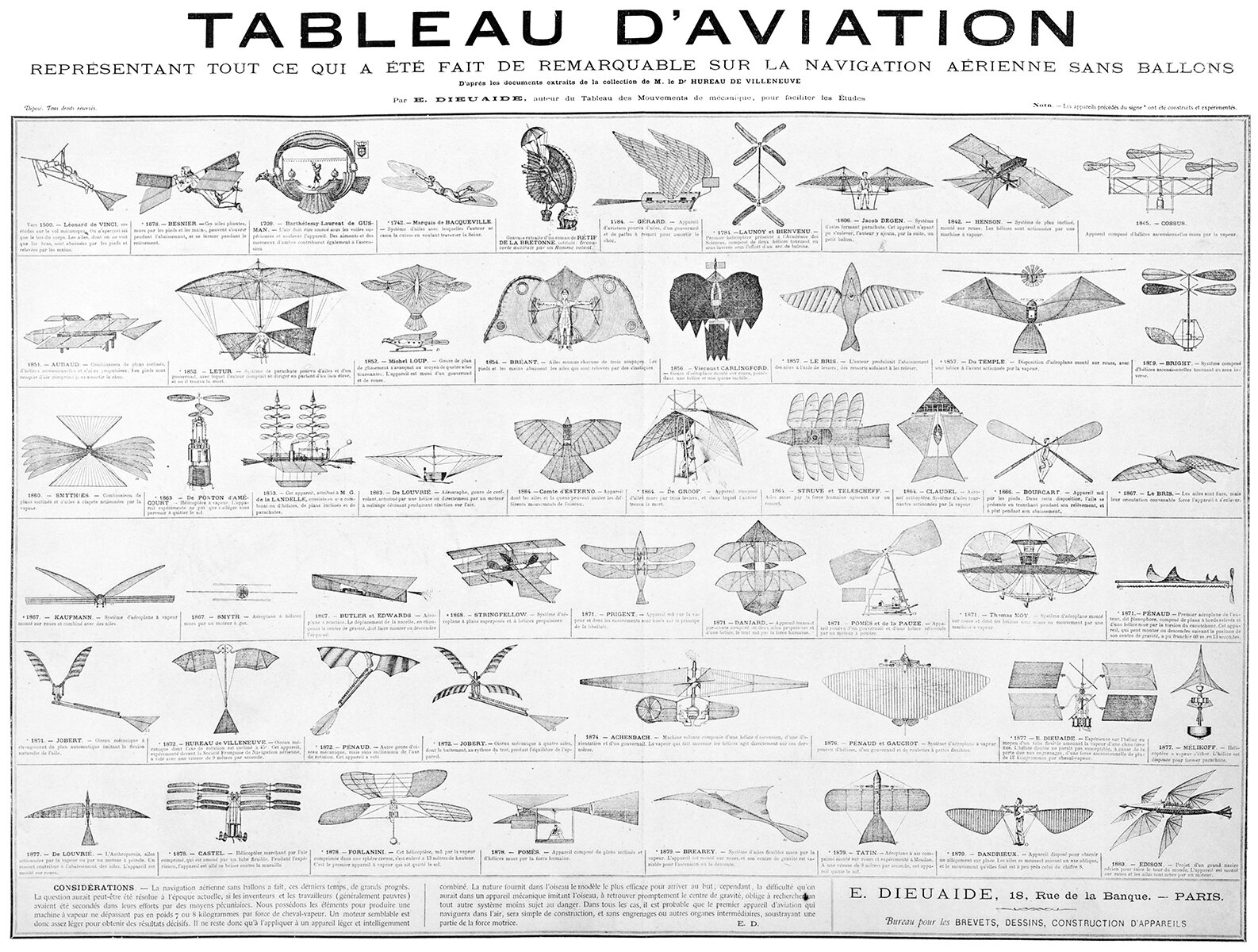
Tableau d’Aviation
The creativity and ingenuity on display throughout the history of flying machines is amazing. A quick survey of the table above shows the wide variety of ideas tried out before we humans successfully learned how to fly. One thing I love about this table is that it includes fictional flying machines as well as real prototypes. This shows that fictional designs can and have influenced the history of flight just as real prototypes have.
“The heavens call to you, and circle about you, displaying to you their eternal splendors, and your eye gazes only to earth.”
-From The Divine Comedy, by Dante Alighieri, Italian poet and philosopher, 1265-1321.
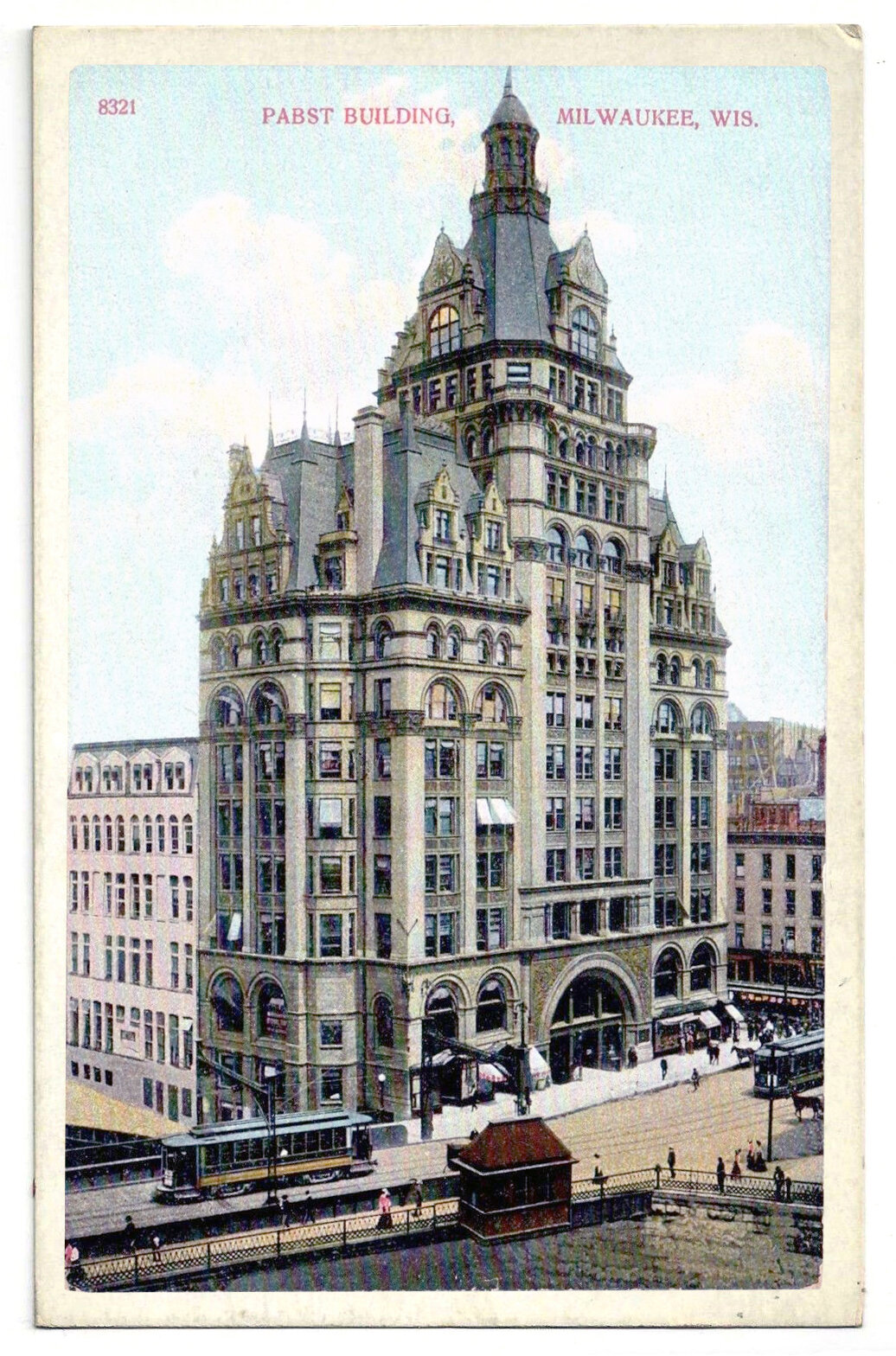
The Pabst Building and the Symbolism of Verticality
In 1890, Frederick Pabst purchased a plot of land at the center of downtown Milwaukee, on which he planned to build a headquarters for his brewing empire. A year later, the Pabst Building was complete. Standing fourteen stories and 235 feet (71 meters) tall, it was the tallest building in the city at the time, and it was a wonderfully detailed example of the Renaissance Revival style. Being Milwaukee’s tallest building was symbolic for Pabst and for the city, however his building’s dominance wouldn’t last as long as he’d hoped.
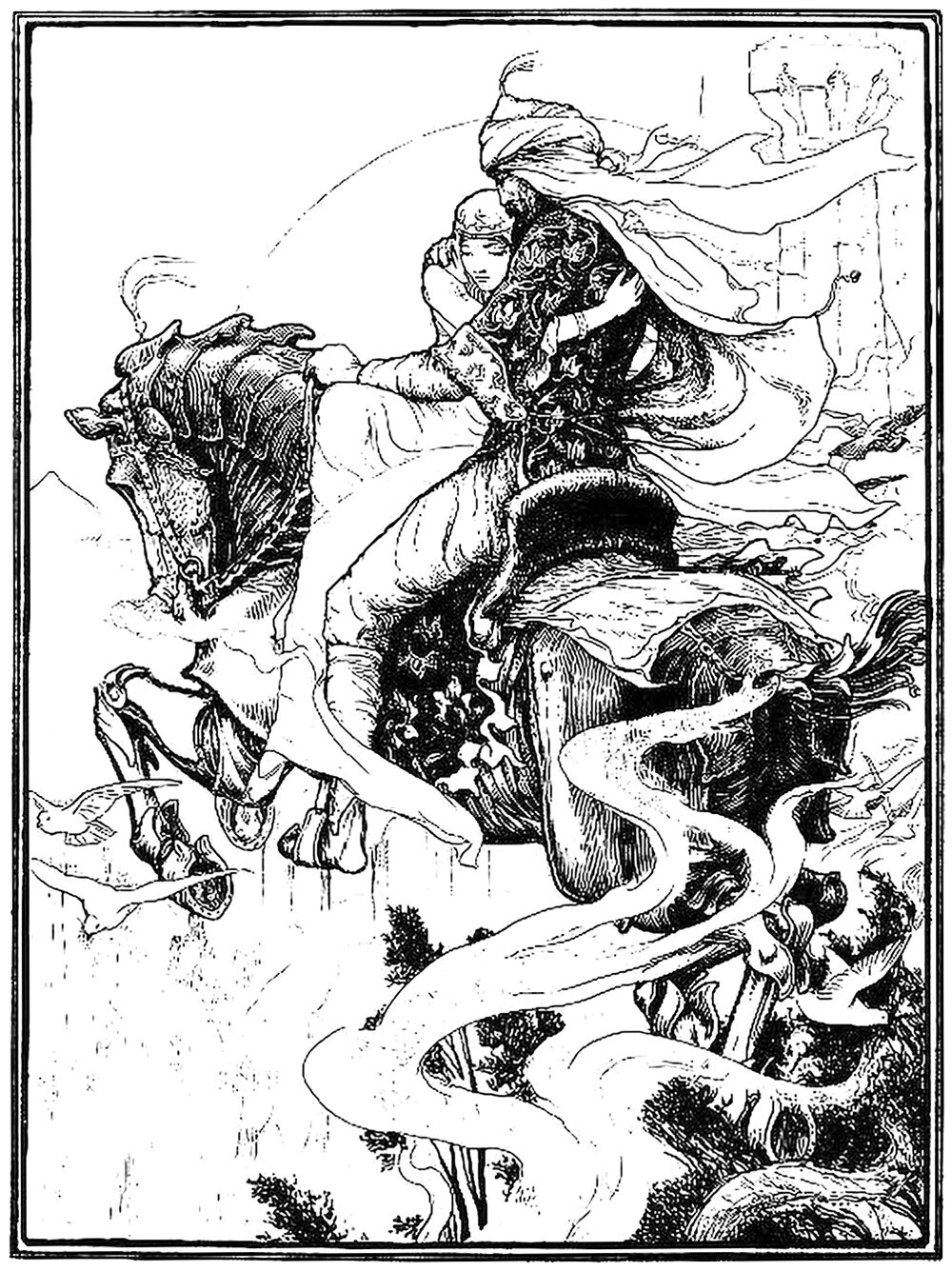
The Tale of the Ebony Horse
Pictured above is an illustration from The Tale of the Ebony Horse, which is a folk tale featured in the Arabian Nights. It tells the story of a mechanical horse that has the ability to fly. Throughout the tale, the horse bestows great power on those who know how to operate it, and it illustrates the power of verticality for the rest of us who cannot fly.
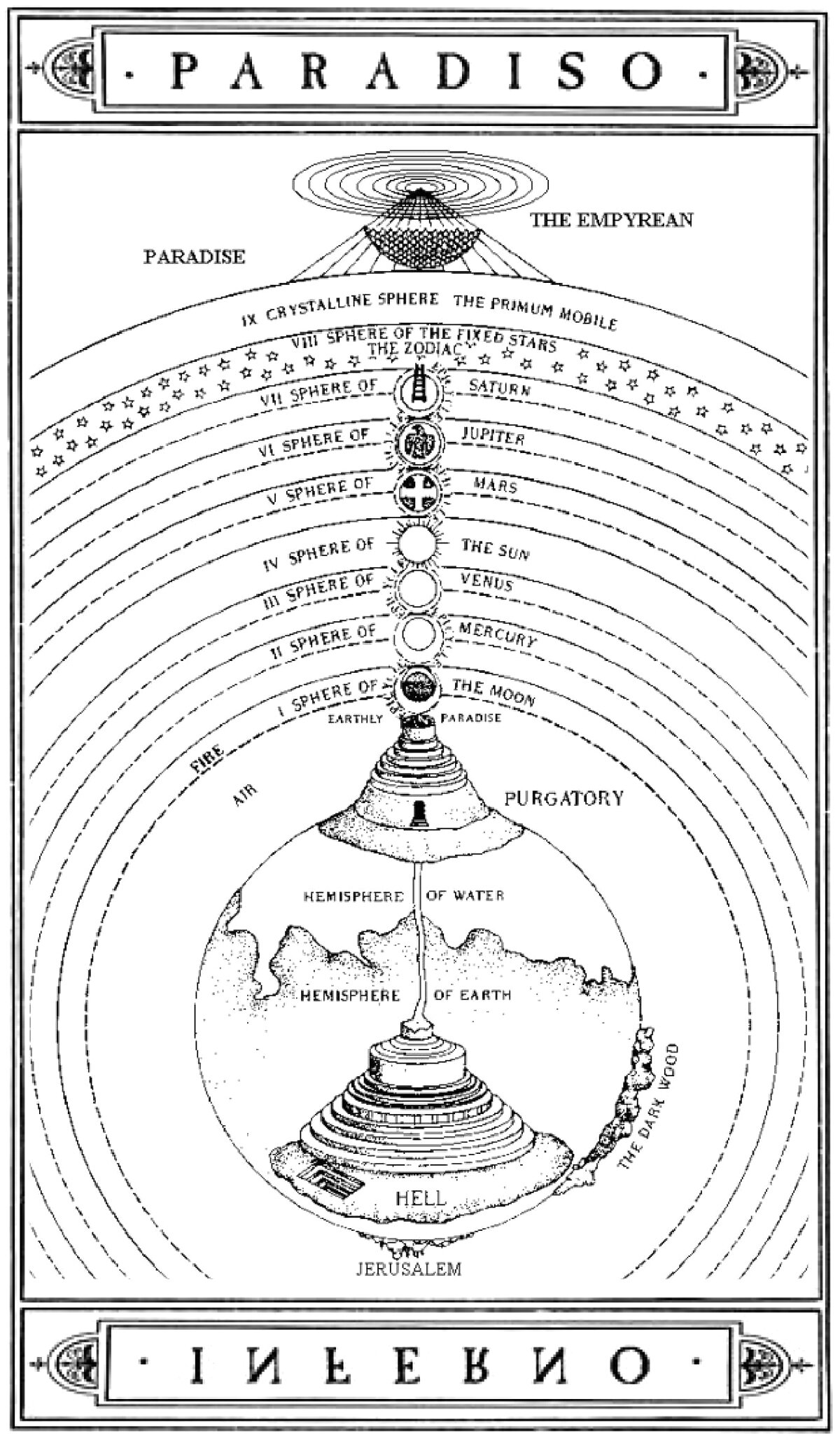
Dante’s Divine Comedy and the Vertical Worldview
Dante Alighieri’s epic poem La Divina Commedia, or The Divine Comedy in English, is widely considered one of the world’s greatest works of literature. It tells the fictional story of Dante and his soul’s experience after death. Throughout the story, Dante descends through Inferno, then ascends through Purgatorio and Paradiso. It’s a journey defined by the axis-mundi, and the entire work is rooted in verticality.
“He who occupies the high ground…will fight to advantage.”
-Sun Tzu, Chinese military strategist and philosopher, 544 BC-496 BC.
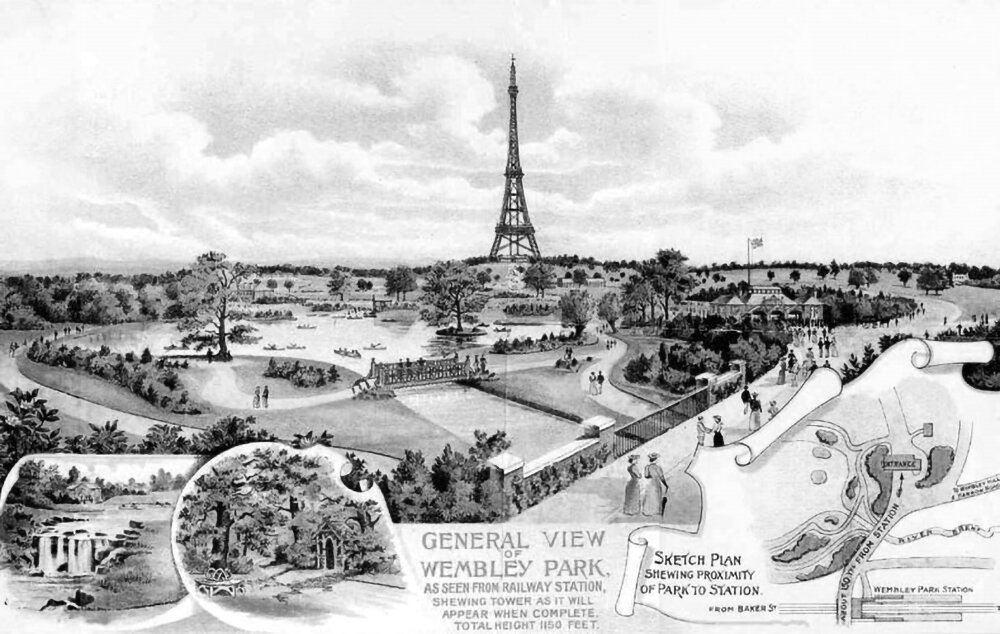
Alternate Realities : The Great Tower for London Competition
In 1890, an open competition was held to design the Great Tower for London in the soon-to-be-opened Wembley Park. The tower was to be the tallest in the world, and it would claim the title from the Eiffel Tower in Paris, completed the year before. An open competition was held, which received 68 submissions from all over the world. Together, these designs provide a rich cross-section of the world’s architectural taste at the time.
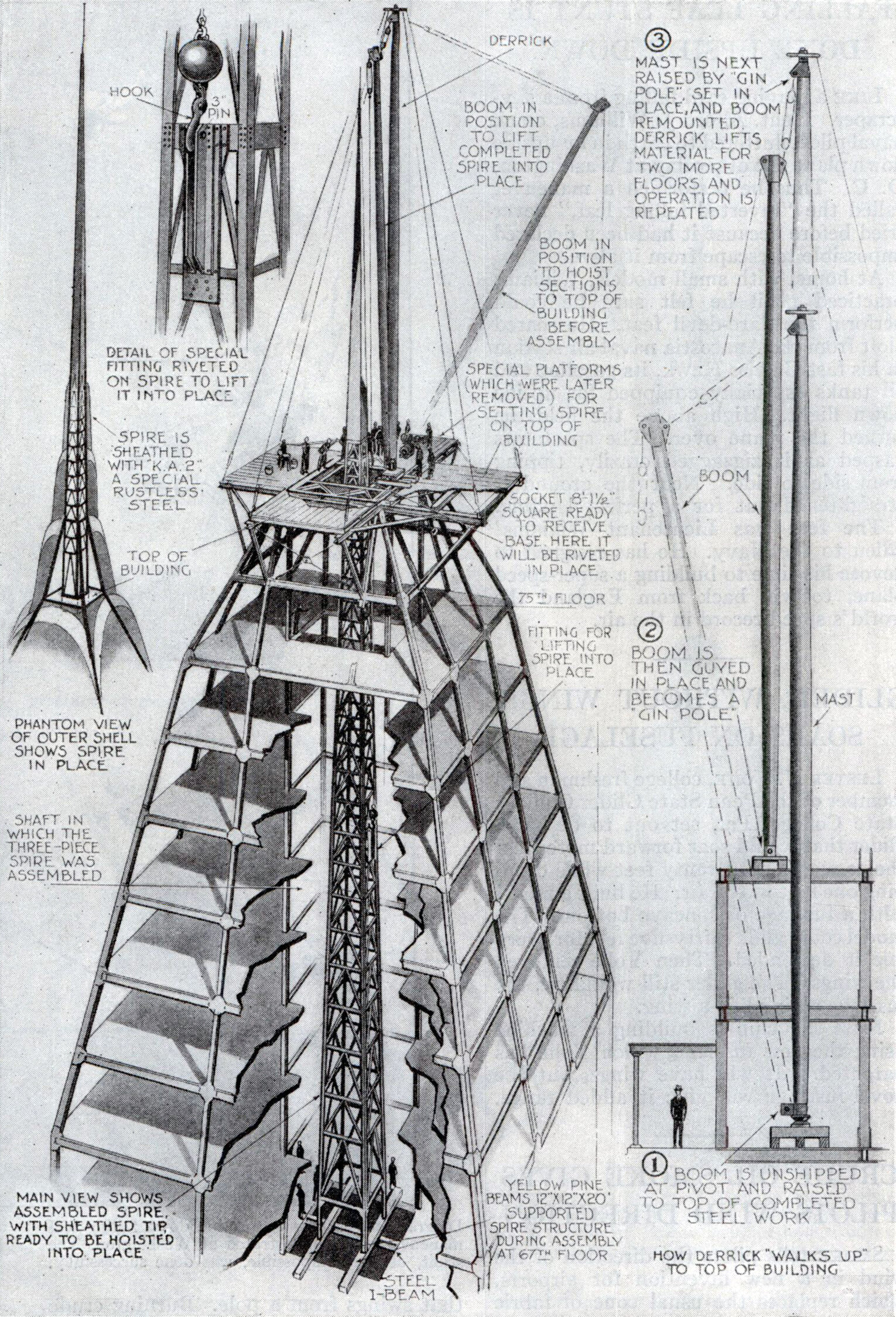
The Chrysler Building’s Hidden Spire
If you’re competing to build the tallest building in the world, and you want to conceal the final height until the last possible moment, how do you go about it? Well, you construct the spire inside the crown of the building, wait for your competitor to finish his tower, then lift your spire into place and take the title from him, of course.

The Human Body and Flight : Why We Can’t Fly
The ability to fly is something that’s been on the human mind since time immemorial. We see birds and other creatures flying through the air, and we seek to fly as they do. We dream about it, and we’ve thought up myriad examples of human-like characters throughout our legends and myths who can fly. For all our hoping, however, it’s impossible for us to fly under our own strength. Let’s take a closer look at why this is true.
“There is a kind of supernatural beauty in these mountainous prospects which charms both the senses and the minds into a forgetfulness of oneself and of everything in the world.”
-Jean-Jacques Rousseau, Genevan philosopher and writer, 1712-1778.
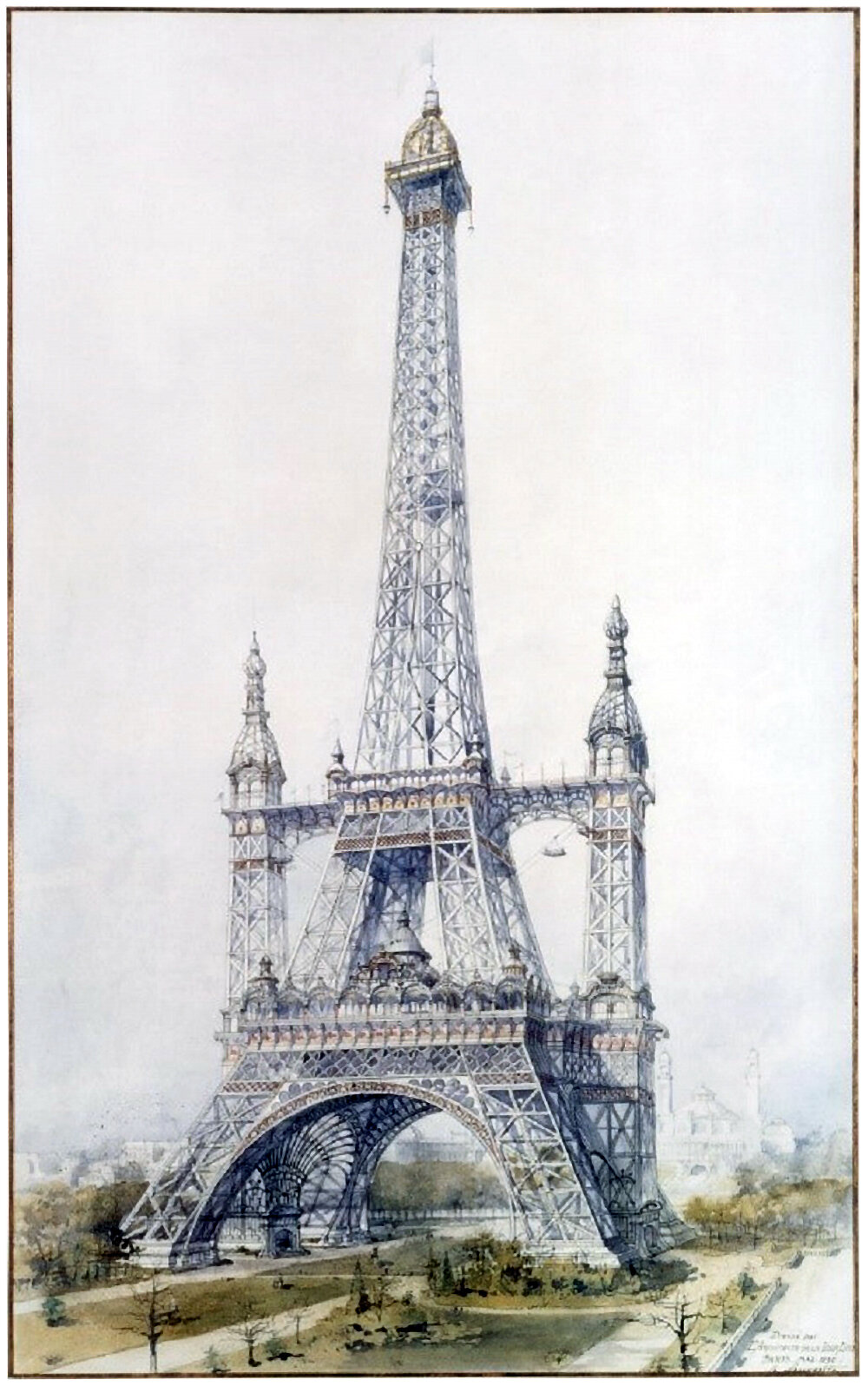
Alternate Realities : The Eiffel Tower
There’s an interesting subtext to unbuilt projects throughout the history of architecture. Unbuilt additions to existing buildings are the most intriguing, because they respond to an existing mind-scape rather than create a new one. The above illustration is a perfect example of this. It shows a preliminary design for the Eiffel Tower in Paris, drawn by French architect Stephen Sauvestre.
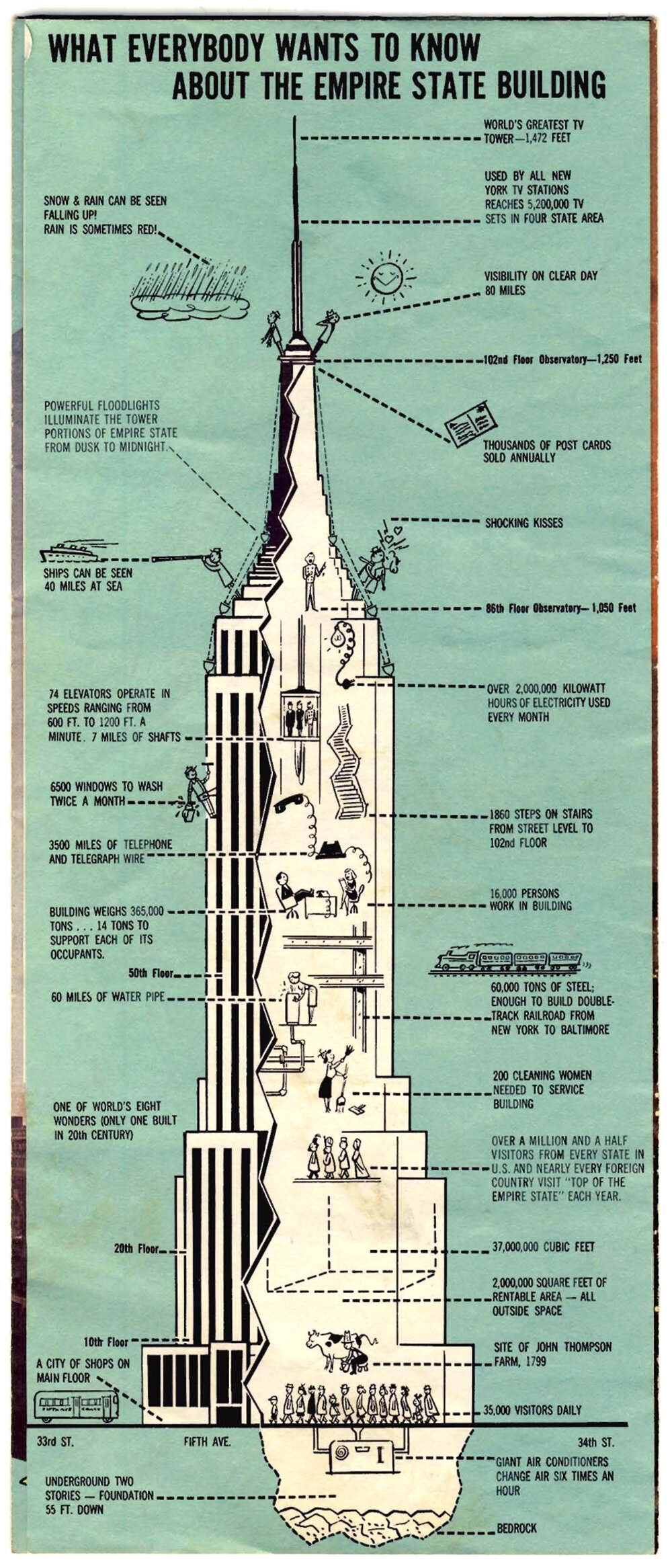
What Everybody Wants To Know About The Empire State Building
Only the most famous and iconic buildings of the world get their own marketing. The Empire State Building in New York City is one of these, and the brochure pictured above is a fantastic little bit of marketing for the tower. I don’t know when it was made or where it was sold, but given the television antenna at the summit, which was installed in 1965, it’s probably from the late 1960’s or 70’s.

The Myth of Wayland the Smith
Throughout the history of myths and legends, there are myriad stories that are shared or borrowed from earlier sources, then re-named and adjusted for a different culture. Certain themes repeat themselves throughout the ancient world, and those that resonate most effectively will endure over time and evolve alongside the cultures they exist in. The myth of Wayland the Smith is one of these.
“As its basic fact and most critical element, it is structure that is at the heart of the tall building’s design.”
-Ada Louise Huxtable, American architecture critic, 1921-2013
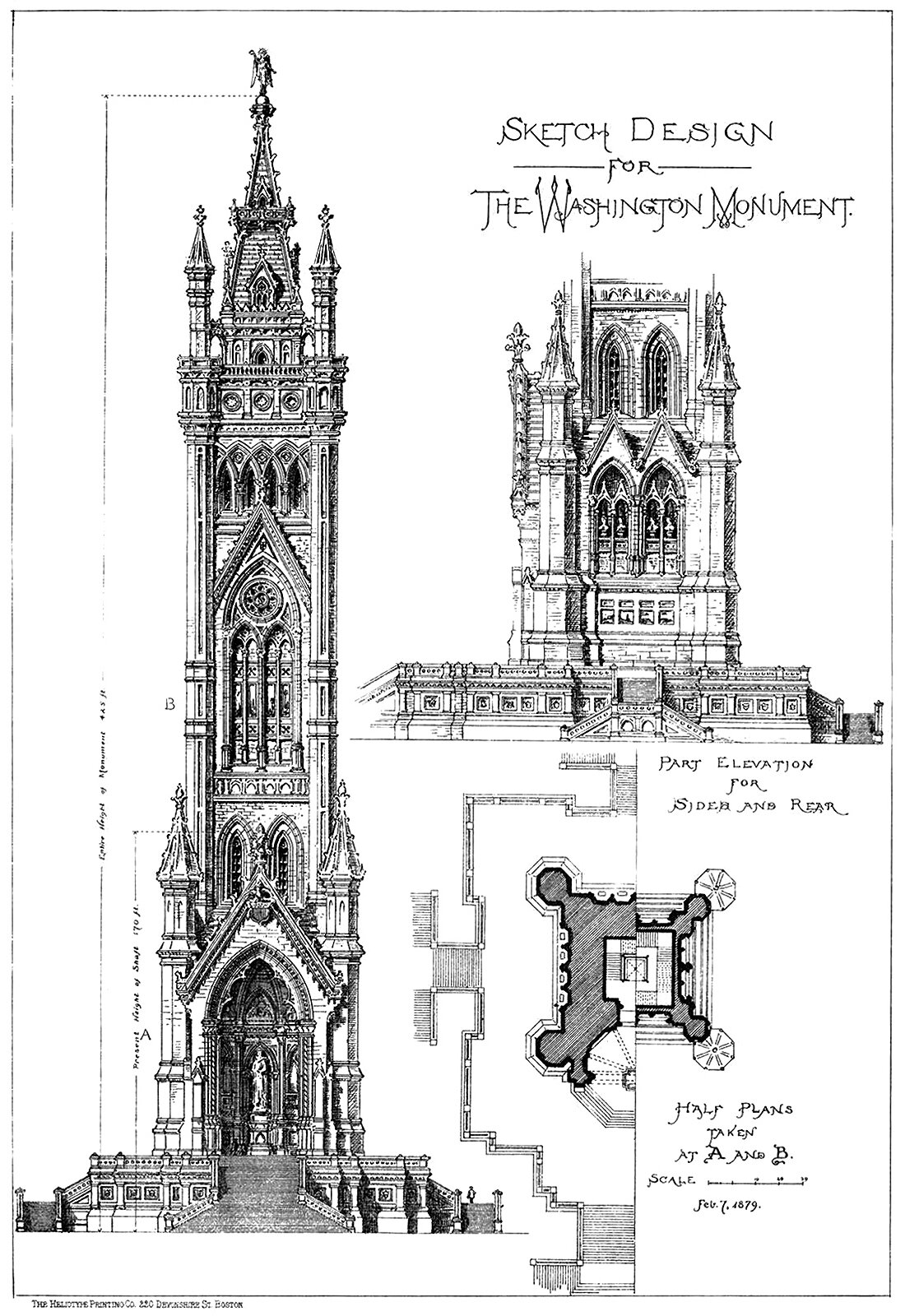
A Sketch Design for the Washington Monument
The above illustration originally appeared in American Architect and Building News, and was submitted to the publication by an architecture student. Curiously, the student is not named, and is just called ‘the author’. The student uses ‘the Gothic treatment’ for the design, which is wonderfully detailed, in stark contrast with the minimalist design that eventually got built.
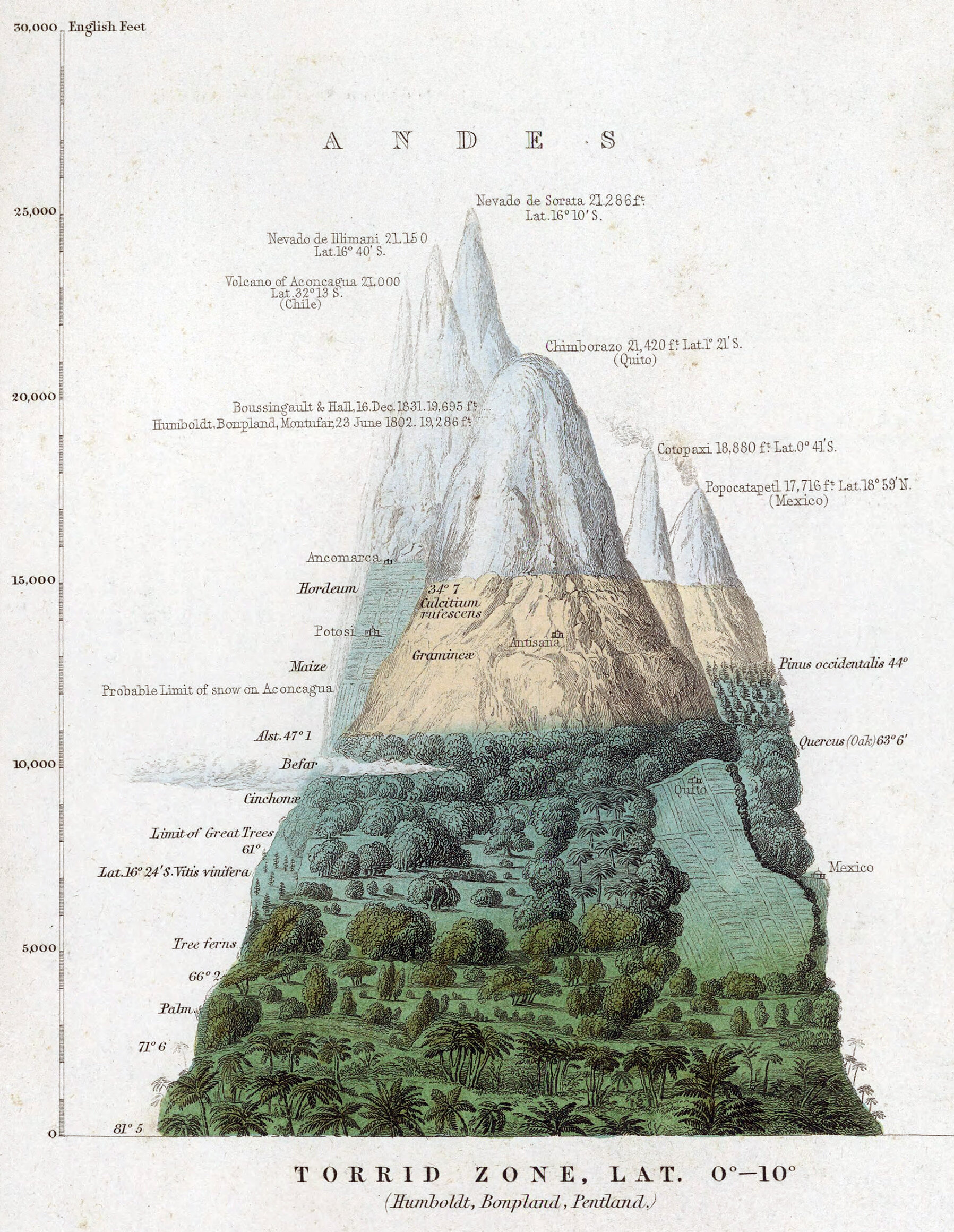
Altitudinal Zonation : Mountains and Verticality
The earth’s atmosphere is defined by vertical gradients. As one rises, the air thins out, humidity decreases, and temperatures drop. It’s why we get altitude sickness when we travel to high places, and it’s why the tops of very high mountains are snow-capped. These vertical gradients are defined by altitudinal zonation.
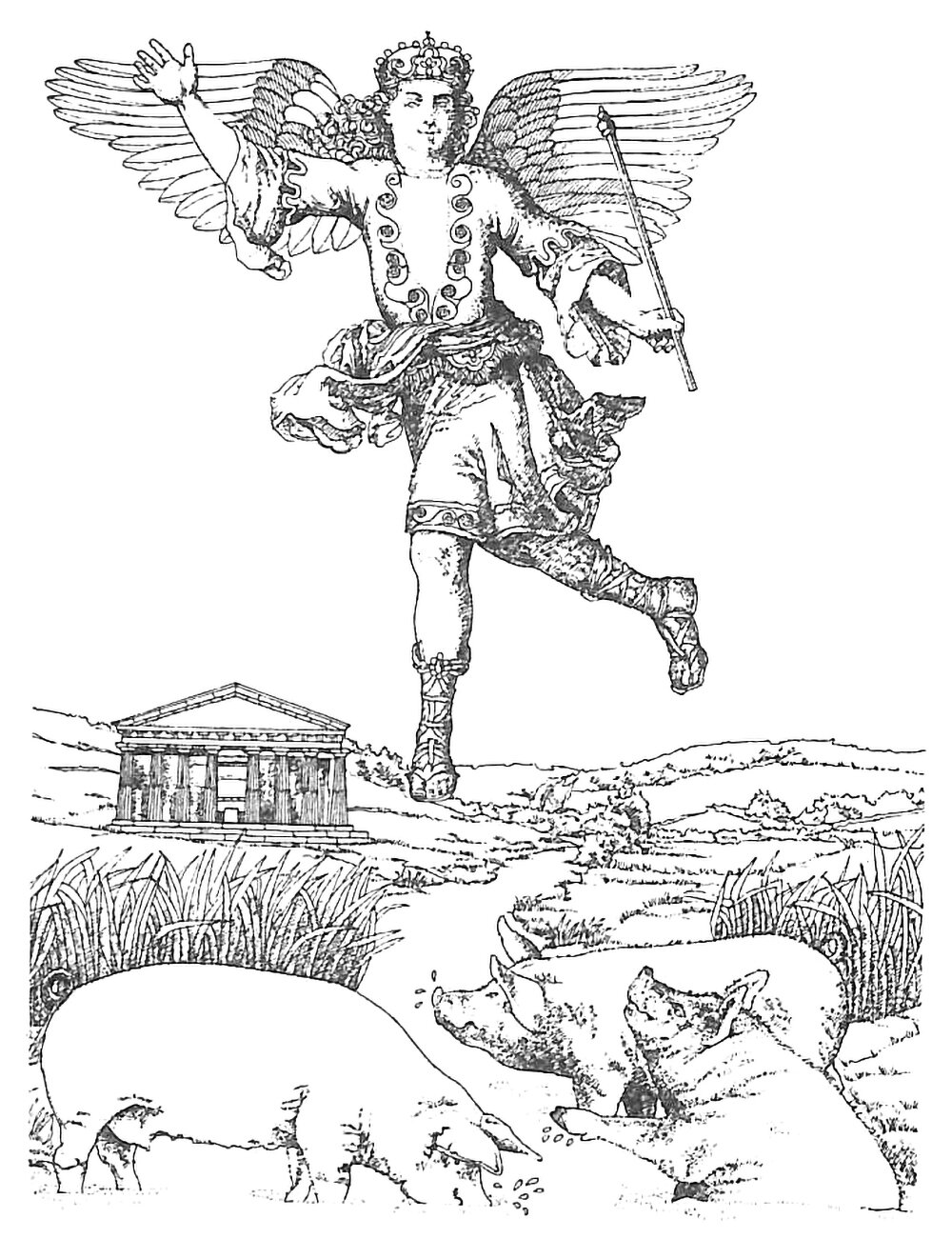
King Bladud and the Myth of the Flying Man
Legends have a way of expanding through time. They exist in the collective consciousness of the people who believe them, and the ones that endure usually grow and evolve alongside the cultures and civilizations they exist in. Take the myth of King Bladud, for example. Over time his story has expanded and endured. This is because he made an attempt to fly.
“[In the mountains], the highest parts of the loftiest peaks seem to be above the laws that rule our world below, as if they belonged to another sphere.”
-Conrad Gesner, Swiss physician and naturalist, 1516-1565.
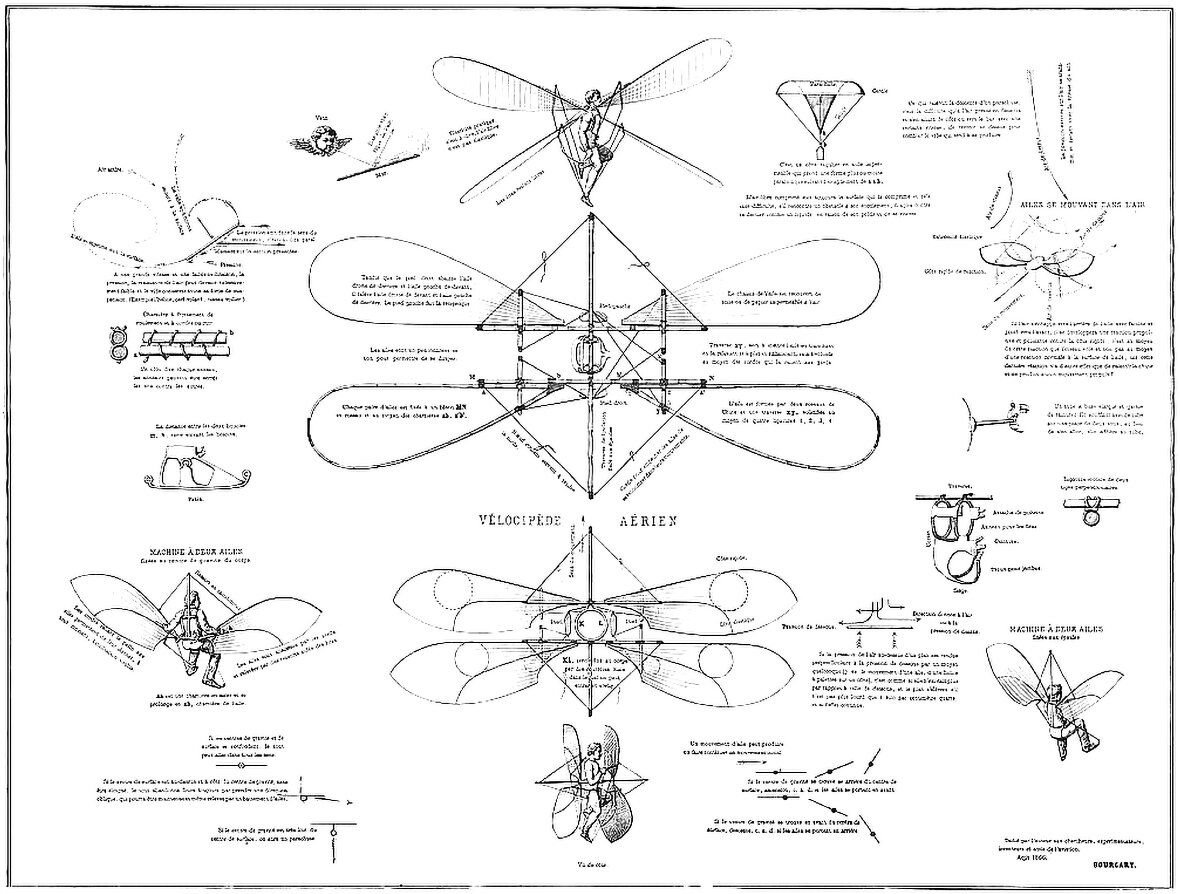
Jean Jacques Bourcart’s Ornithopter
Pictured above is a series of studies for a flying machine, proposed in 1866 by Jean Jacques Bourcart. Titled Vélocipède Aérien, the drawings show variations on an ornithopter design, in which a human pilot flaps the wings of the craft in order to fly. The subtitle of the illustration reveals that these are studies, tests and inventions which, without solving the problem of aviation, have nevertheless given interesting and encouraging results to the author.
